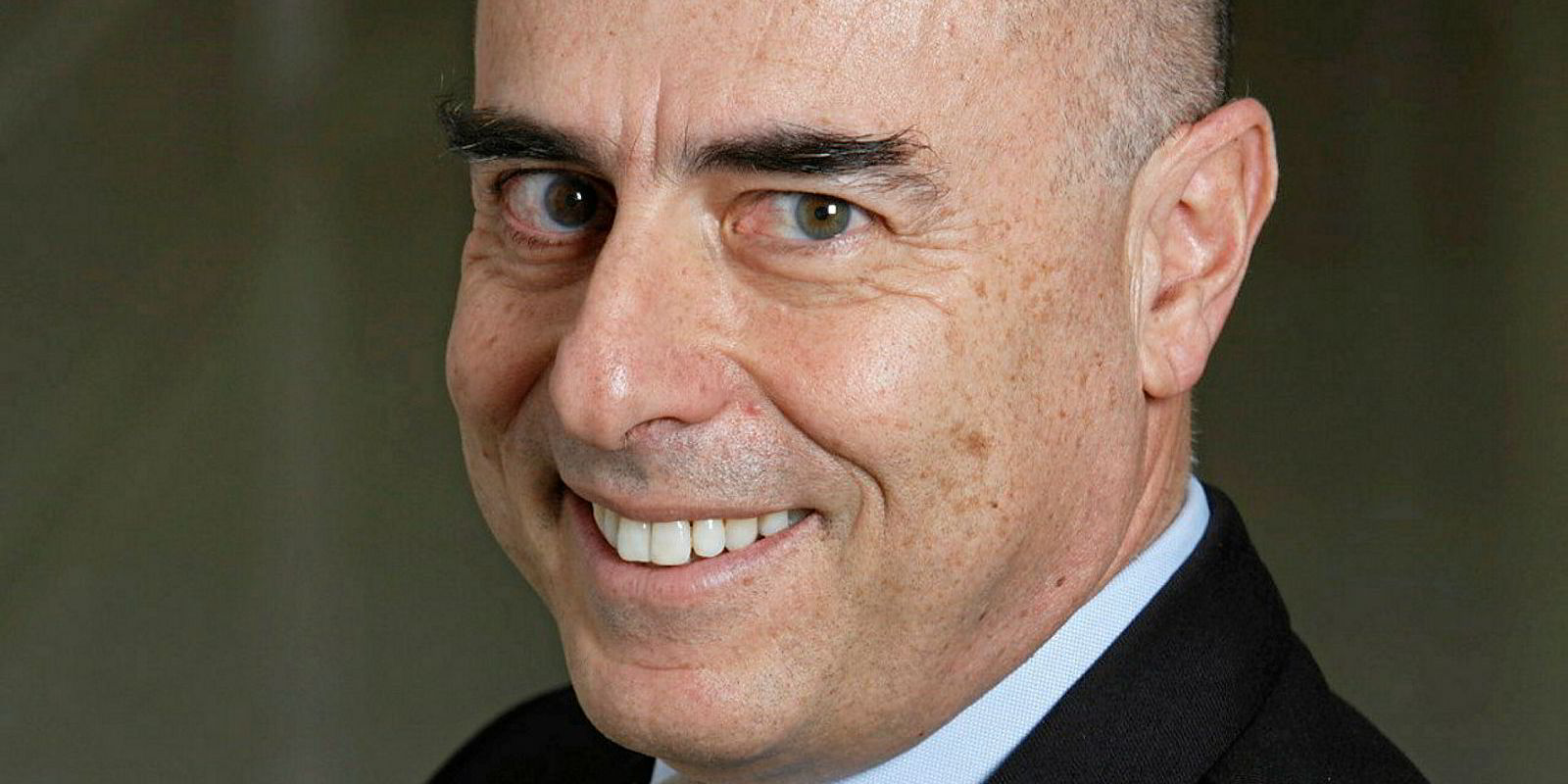Italian classification society Rina has been rebranded with a new logo, which it says reflects its move into a digital age and bold ambitions to diversify and grow.
But the makeover comes as the class society is putting its plans for an initial public offering on hold.
Under the leadership of chief executive Ugo Salerno, Rina has been growing its testing, inspection and certification services with an eye to listing in Milan or London.
The $156m acquisition of energy technical inspection company Edif in July 2016 was seen as a major step towards that goal.
But today, due to the stagnation in the offshore markets, Rina is no closer to demonstrating the revenue growth required to put an IPO together.
This year, revenue at the company, which produces about $500m in annual turnover, remains flat.
Salerno says he has not lost sight of the ambition to float, but for now it is on hold.
“Our future will be on the stock exchange but only when we see sustainable potential for growth,” he tells TradeWinds.
“First we need to see market growth again, or a strong future in downstream.”
Amid a decline in the upstream energy markets, the 156-year-old outfit is now relying on its traditional marine business to maintain revenue.
A boom in cruise shipbuilding has helped keep sales up.

While its expansion in downstream energy activities and growth in its marine business is also buoying revenue.
Rina's growth in maritime owes a lot to its leading position as a cruiseship classification society. Cruise newbuilding contracting is one of the few shipping sectors to demonstrate strong growth.
In 2017, Rina's fleet grew by 9%, from 36.8 million gt to 40 million gt.
That is up from 13 million gt 15 years ago, demonstrating 300% growth over that period.
“We have seen an extraordinary explosion of cruiseship orders,” Salerno says. “In addition, we have seen ro-ro and ropax markets growing and we will see more orders in 2018.”
However, the bull run on cruiseship newbuilding is expected to run out of steam next year.
The two main cruiseship building groups, Meyer Werft and Fincantieri — which recently agreed to merge with cruiseship builder STX France — are both full until 2024, leaving operators few options to build new ships before that date. But Salerno believes that major cruise operators are now developing shipbuilding alternatives in China that will result in fresh orders being placed shortly.
“We will see another player in China. The move of Fincantieri to take over STX has pushed [cruiseship] owners to find an alternative. When the competition becomes limited, cruise operators will try to convince others [yards] to become competitors,” Salerno says, reflecting on cruiseship operator Carnival’s building development project in China, in which Rina is participating.
Rina is involved in two key projects promoting cruiseship building in China. These involve China State Shipbuilding Corp and China Shipbuilding Industry Corp, which Rina hopes will help it win orders.
Of the rebrand, Salerno says: “We chose to launch our new brand identity at this time because this is the moment when the competence of Rina, the new scenario and market demand meet.”
A focus on digital services is part of that modernisation. One feature is the outfit's cloud-based big data platform that is supported by 50 people. Its aim is to turn data into actionable information.
Salerno says: “It is forecast that by 2020, 75% of companies will be fully digitalised, but only those companies able to process this data intelligently will remain competitive. Rina now has the capability to bring technical, process, and business skills together within a digital environment.”



